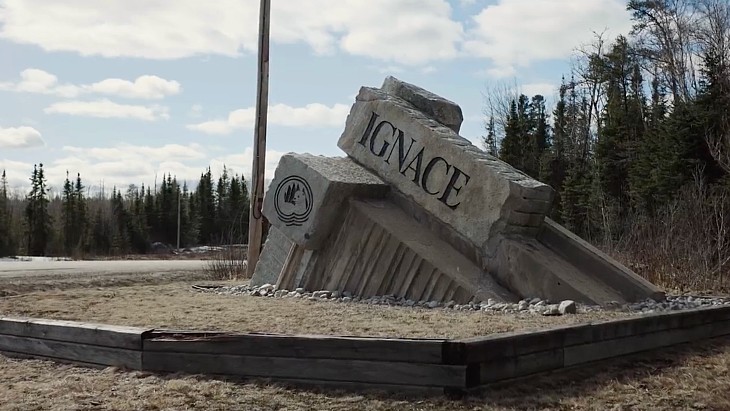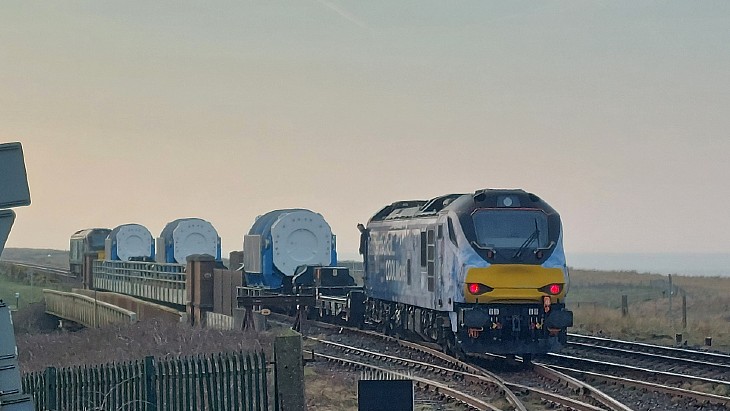Nagra reports on siting options for Swiss encapsulation plant
.jpg)
Most of Switzerland's high-level waste is currently held in transport and storage casks at the Zwilag facility, with a smaller percentage at the interim storage facility at the Beznau nuclear power plant (Zwibez). Before its emplacement in the planned deep geological repository, the waste will be transferred to smaller disposal canisters in an encapsulation plant. Where to locate such a plant is currently a topic of discussion.
In the reference case, the encapsulation plant is part of the surface infrastructure located at the repository site. However, in discussions with the siting regions, the question arose whether an encapsulation plant could also be located away from the repository site. In late-2018, at the end of Stage 2 of the site selection process for deep geological repositories, the Federal Council decided that, in collaboration with the regional conferences and the respective siting Canton, the waste producers could also investigate placing the encapsulation plant for radioactive waste outside the siting region.
Nagra has now studied the advantages and disadvantages of potential sites for an encapsulation plant. Its report - titled High-level waste encapsulation plant: Advantages and disadvantages of different siting variants - serves as a basis for discussion for the transregional collaboration with the siting regions and Cantons that will now follow.
In addition to locating the encapsulation plant at the site of the repository, Nagra has compared siting an encapsulation plant at Zwilag, Zwibez, as well as at the Gösgen and Leibstadt nuclear power plants. It also considered its construction on greenfield sites. The evaluation included the number of transport campaigns, the space requirements of the encapsulation plant, the use of existing infrastructures and existing know-how.
Nagra said that, from its point of view, the best solution would be to operate an encapsulation plant at the repository site or externally at the interim storage facility in Würenlingen "because this would result in the greatest synergies". Zwilag, for example, already operates a transloading cell for high-level waste. The report states that significantly more nuclear transports would be required if the encapsulation plant were located externally than if it were constructed at the repository site.
Six sites were proposed in November 2011 during the first stage of the process for selecting sites for two repositories: one for low and intermediate-level waste (LLW/ILW), the other for high-level waste (HLW).
Stage two of the site selection process, which began in late 2011, aimed to narrow down the sites under investigation to at least two for each of the repositories. Nagra proposed in January 2015 that further investigations be carried out at the proposed siting regions of Zürich Nordost and Jura Ost in the third and final stage of the selection process. It said the four other regions under consideration in the second stage - Südranden, Nördlich Lägern, Jura-Südfuss and Wellenberg - would be placed in reserve. However, in December 2016, the Swiss Federal Nuclear Safety Inspectorate proposed that the Nördlich Lägern region also be included in the final stage.
Following the completion of the second stage of the site selection process, the Federal Council decided in November 2018 to include the Nördlich Lägern region in further investigations. The regions of Jura-Südfuss, Südranden and Wellenberg remain reserve options.
Nagra expects to submit the general licence application for the disposal facilities by 2024. A decision on the approval of the licence is expected around 2030 and is subject to an optional national referendum. The repository for LLW/ILW is planned to be in operation by 2050, with the one for HLW planned to be operational ten years later.
_17992.jpg)
_75800.jpg)








_50521.jpg)

